Humans news stories
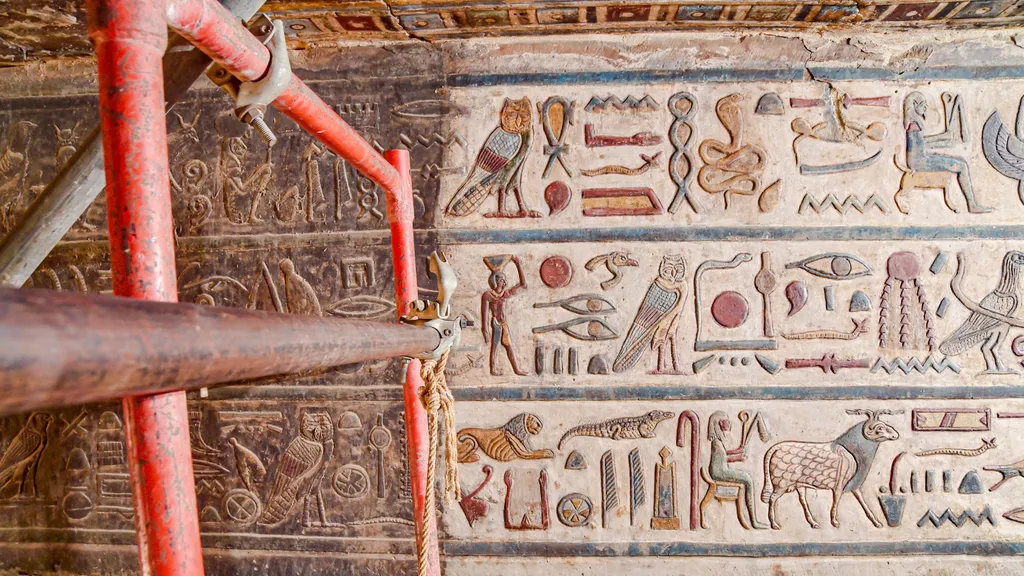
Archaeologists have discovered 46 stunning depictions of goddesses from ancient Egypt, which were previously buried under layers of soot and bird poop. Artists created the detailed and colorful frescoes on the ceiling of a temple nearly 2,200 years ago.

Thousands of jackdaws can suddenly take to the morning skies in winter, creating a whirling black cloud of creatures. Researchers have now found that the birds call out when they want to leave.
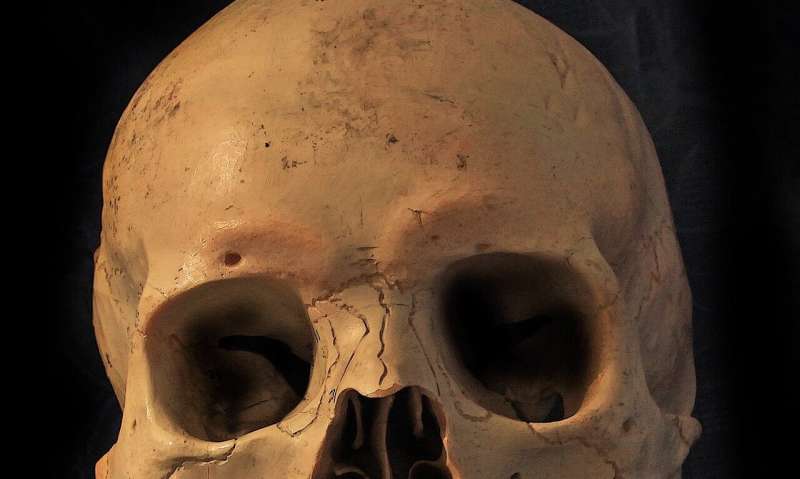
A partial skull that was discovered last summer by two kayakers in Minnesota will be returned to Native American officials after investigations determined it was about 8,000 years old.

We humans like to think our mastery of language sets us apart from the communication abilities of other animals, but an eye-opening new analysis of chimpanzees might force a rethink on just how unique our powers of speech really are.

Parasite eggs found in 4,500-year-old human faeces suggest the builders of Stonehenge took part in winter feasts that included the internal organs of animals, researchers have revealed.
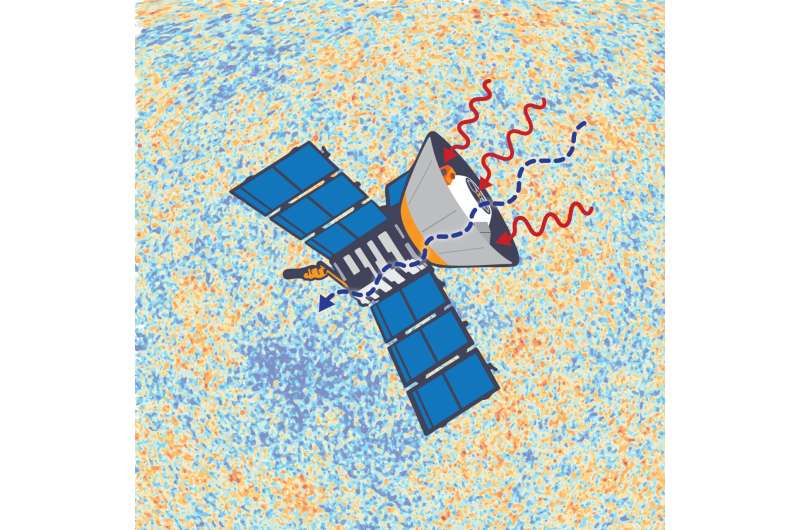
New research suggests an unseen “mirror world” of particles that interacts with our world only via gravity that might be the key to solving a major puzzle in cosmology today—the Hubble constant problem.
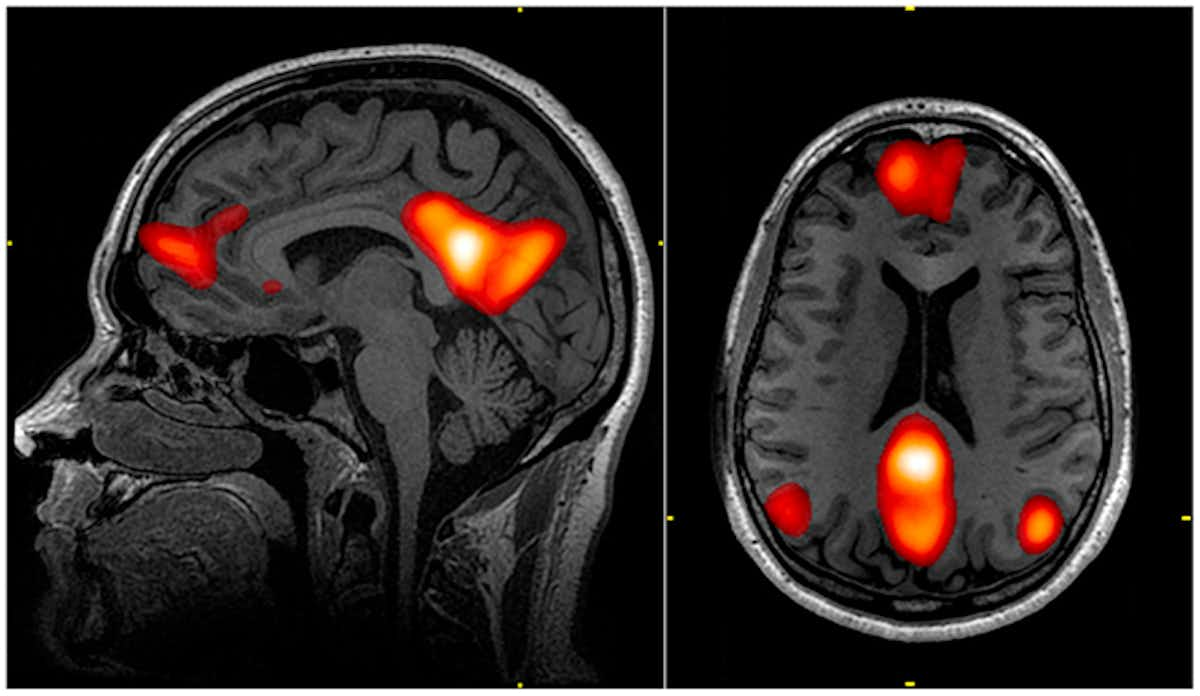
Two recent studies, published in The New England Journal of Medicine and Nature Medicine, have shed some light on this mysterious process.
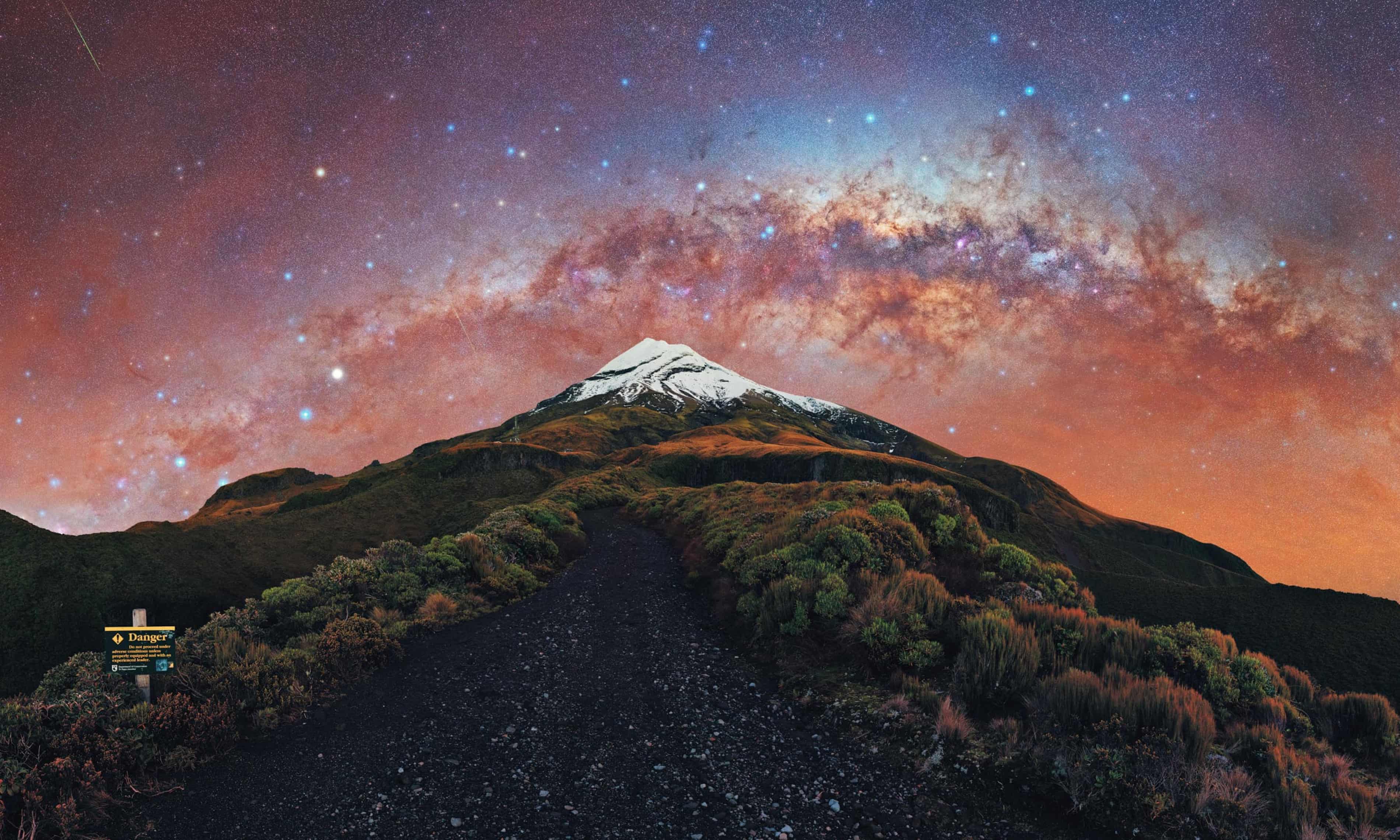
The Milky Way season ranges from February to October in the northern hemisphere and from January to November in the southern hemisphere
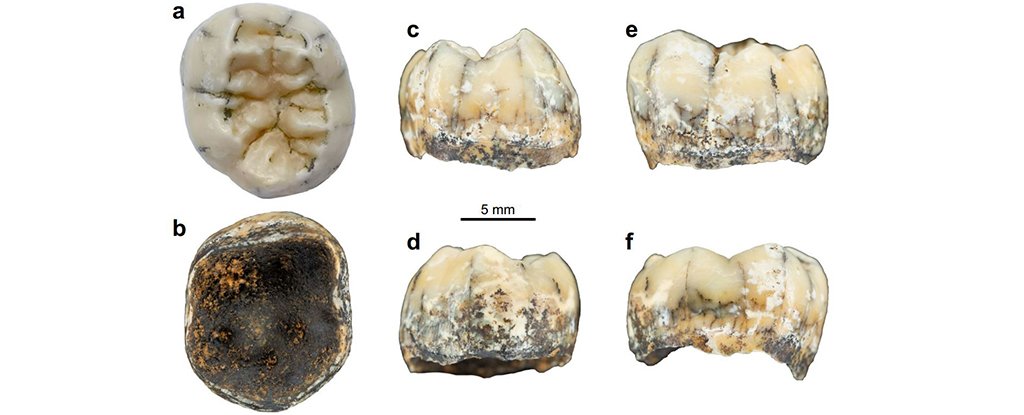
Deep in the forests of Laos, in a cave in the Annamite Mountains, lay a single child’s tooth. That tooth – an unassuming molar – could be from a mysterious species of human we know little about, and of which few remains are known to exist.
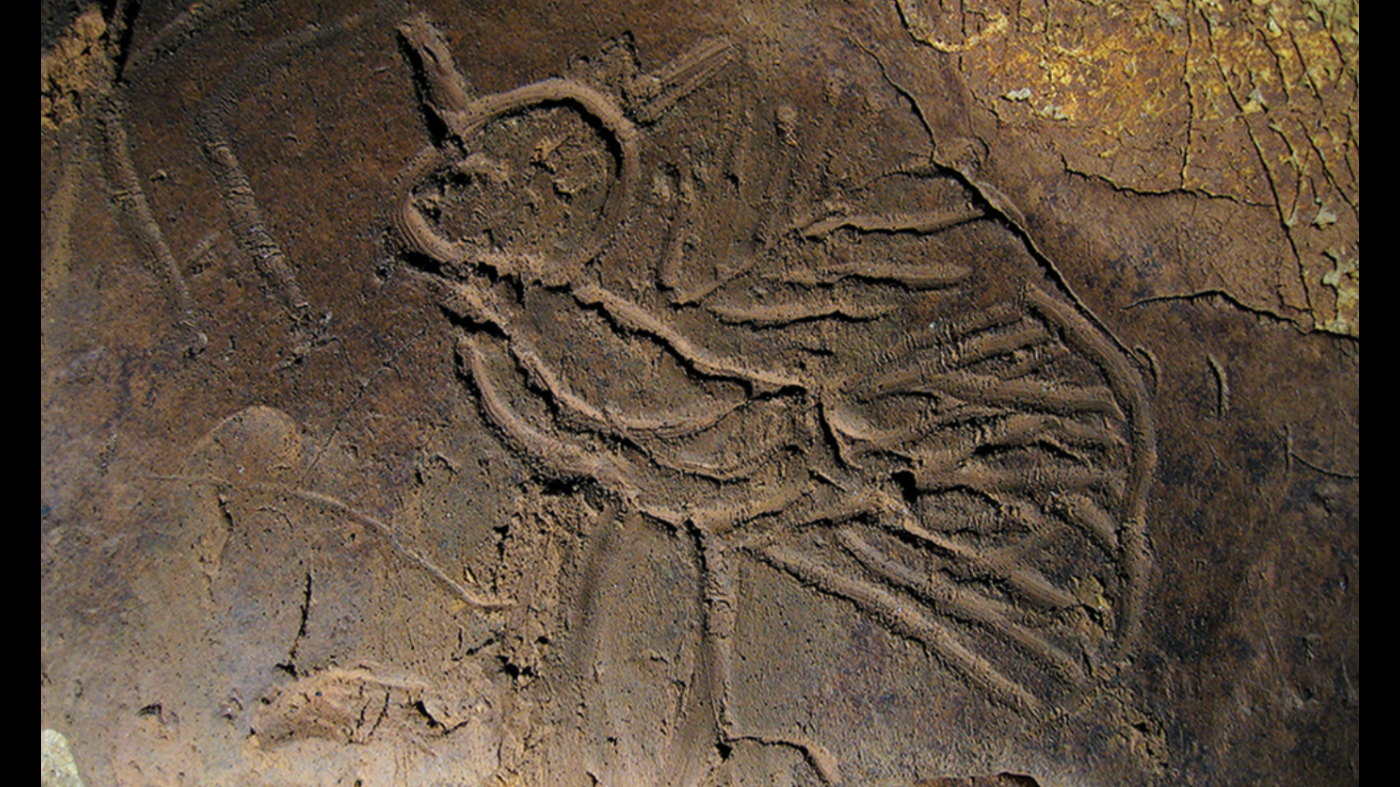
A recent advance in 3D imaging techniques helped spark the biggest ever discovery of North American cave art
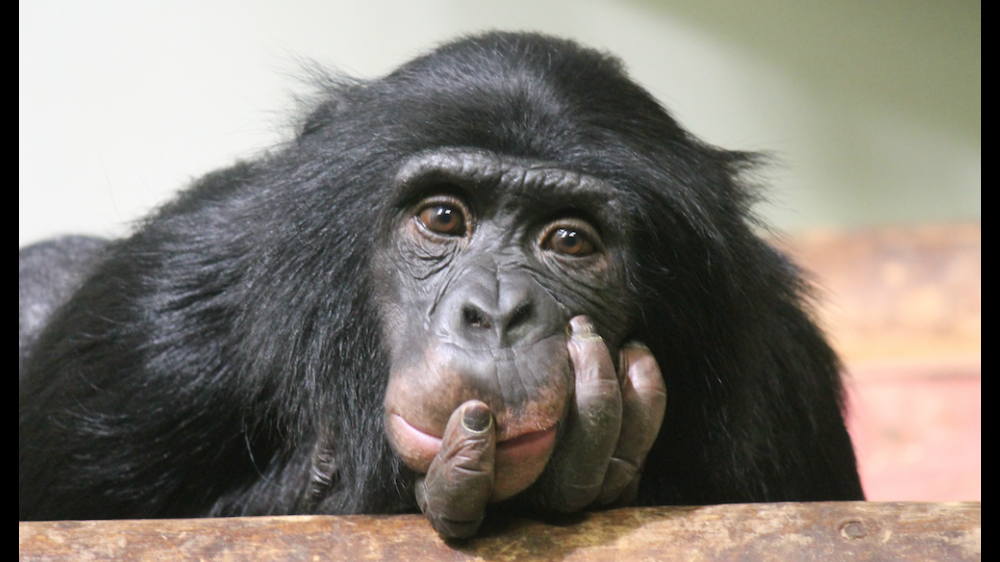
From machines to animals, there are many kinds of possible minds.

A team of archaeologists in Egypt has discovered the 4,300-year-old tomb of a man named Mehtjetju, an official who claimed that he had access to “secret” royal documents.
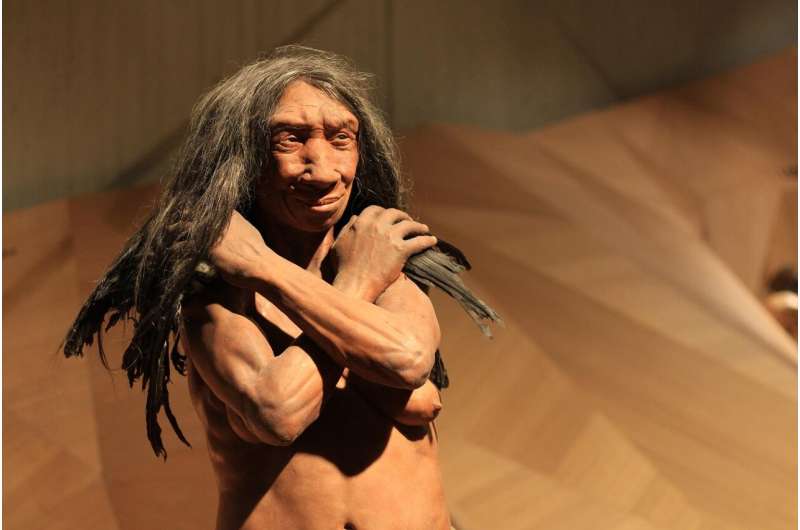
We need to dispel the arrogant and misguided idea that modern humans are superior to earlier human species.
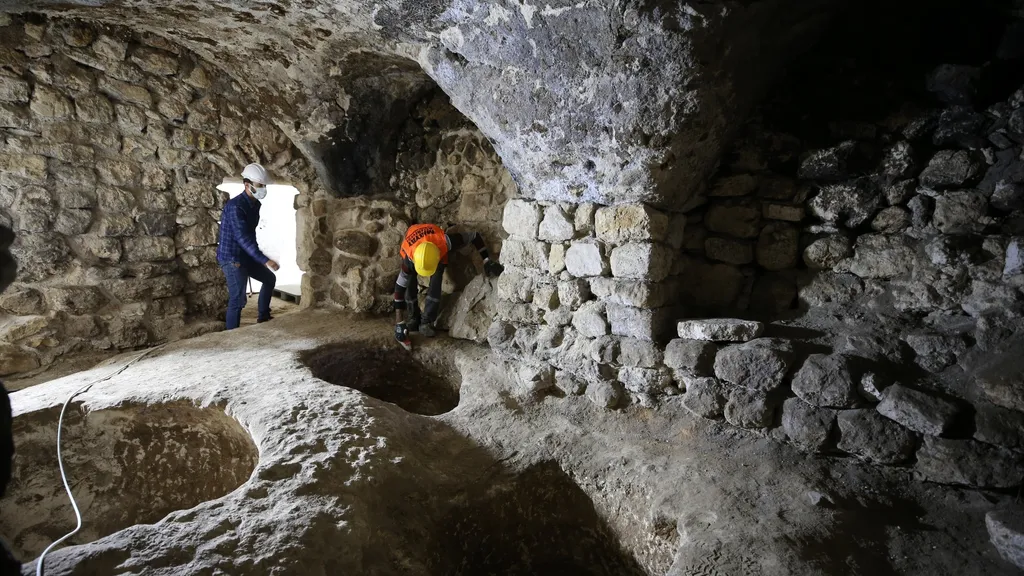
Archaeologists in southeastern Turkey have unearthed a vast underground city that was built almost 2,000 years ago.

Once thought to have originated and spread culturally from a single population in what’s now the Middle East, farming drastically changed our world and continues to do so to this day, for both better and worse.
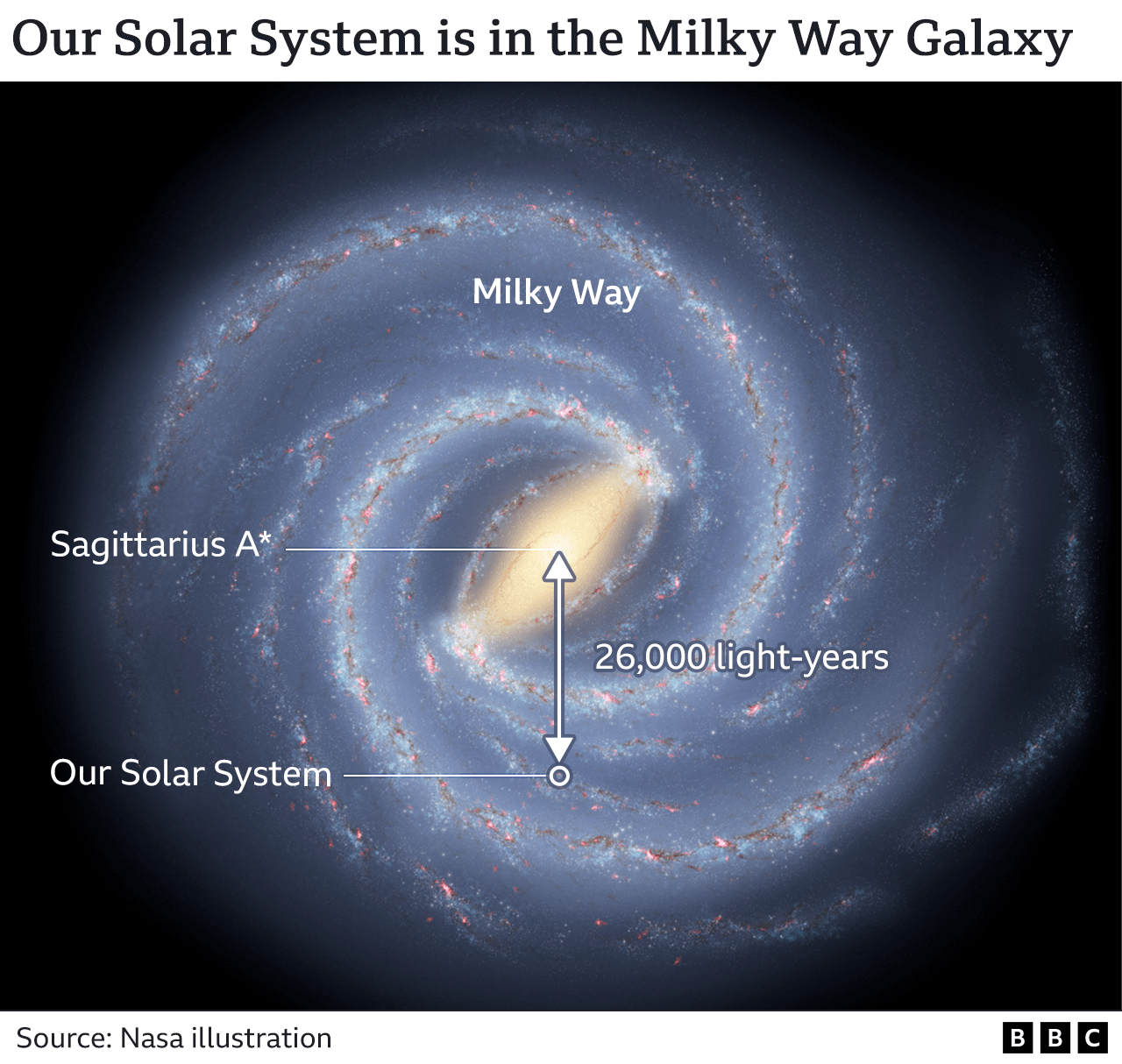
This is the gargantuan black hole that lives at the centre of our galaxy, pictured for the very first time. Known as Sagittarius A*, the object is a staggering four million times the mass of our Sun.








